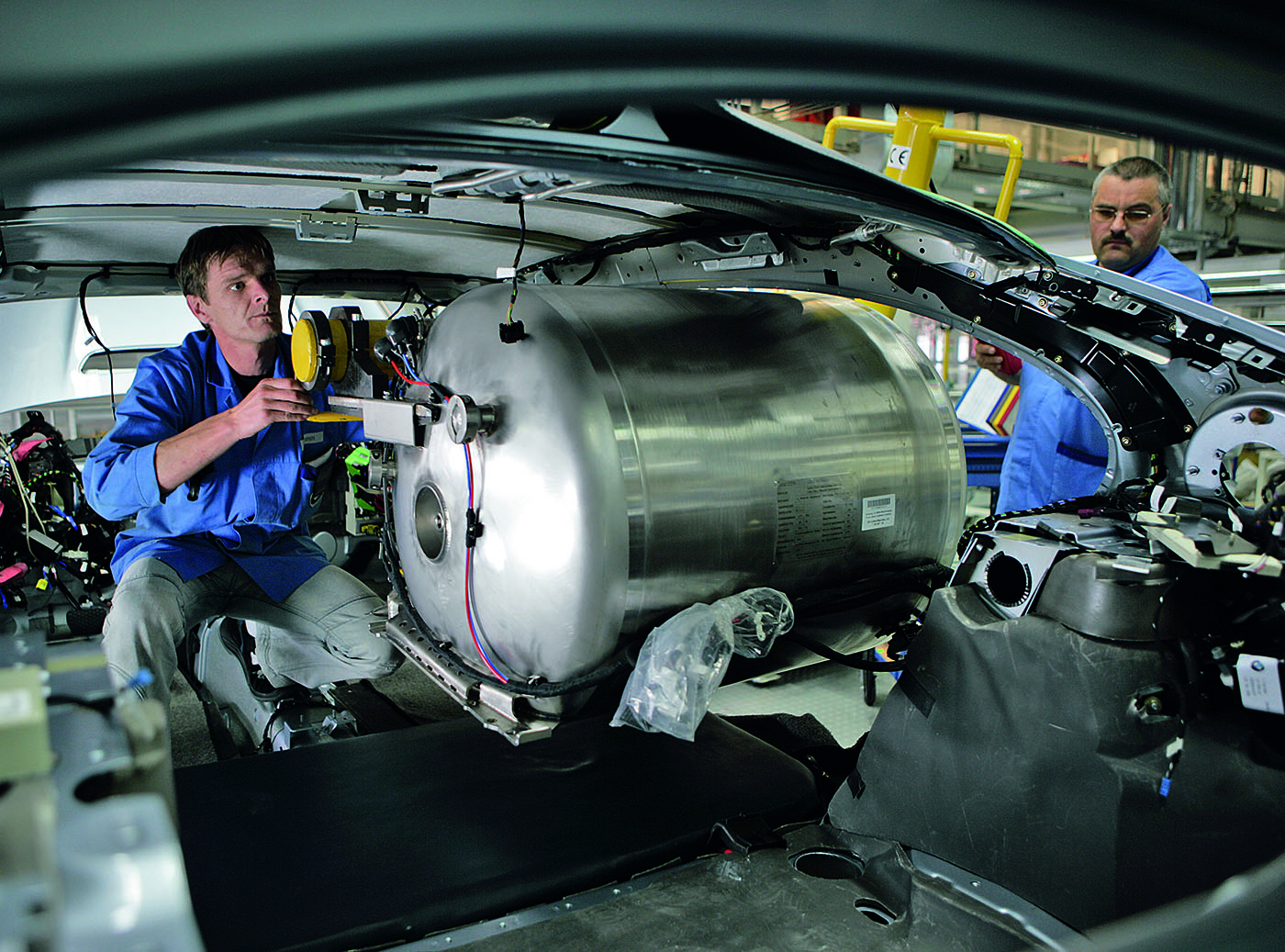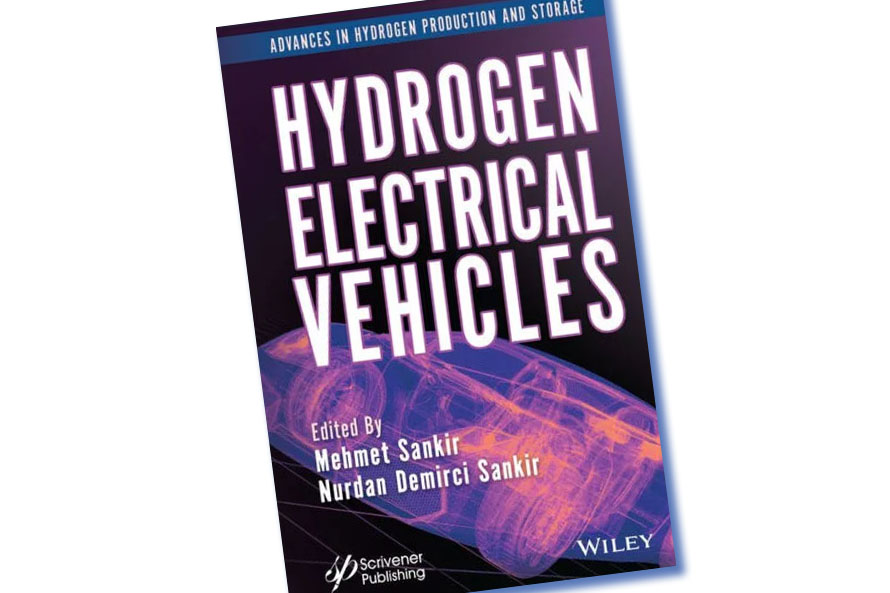
Hydrogen is considered to be the fuel of the future, since it has the potential to store excess energy produced by renewable energy sources and then be used either as energy storage for power production by utilizing fuel cells or as a transportation fuel. For these reasons, it can be considered as the missing link between various industrial sectors, leading at the same time to increased renewable energy penetration and the decarbonisation of the sectors in which it is used.
Since the transportation sector presents one of the most polluting sectors of human activity, it can be easily understood that utilizing hydrogen as a fuel for vehicles could lead to a significant reduction in carbon emissions. The main issues regarding the large-scale adoption of hydrogen as a fuel are its storage and its efficient compression. The solution of the latter issue, though, can lead to the solution of the former as well, since storing compressed hydrogen in high-pressure vessels presents one of the most commonly used methods of storage and the higher the pressure in which it is stored, the higher its energy content per unit volume.
One could assume that by developing cost-efficient and environmentally friendly compression methods, the cost of compression, which currently amounts to almost half of the total cost of a hydrogen refuelling station, would drop substantially, leading to further adoption of hydrogen as a fuel for transportation. This work (Chapter 3, HYDROGEN ELECTRICAL VEHICLES book) presents a review on state of the art for hydrogen compressors, be it either mechanical or non-mechanical, covering their operation principles, their applications as well as their benefits and drawbacks. More specifically, the contents of the current chapter area include: reciprocating, diaphragm, metal hydride and electrochemical compressors.

HYDROGEN ELECTRICAL VEHICLES
Hydrogen electrical vehicles are an essential component of the “Green New Deal” and this book covers cutting-edge technologies designed for fuel-cell-powered cars.
Book Editor(s):Mehmet Sankır, Nurdan Sankir
The realization of the decision of 28 countries to keep global warming at 2 degrees and below, which is stated in the Paris Agreement, and the achievement of minimizing CO2 emissions, can only be accomplished by establishing a hydrogen ecosystem. A new geopolitical order is envisaged, in which sectors dealing with energy production, distribution, and storage, thus decreasing the carbon footprint, are reconstructed. In short, an economic order with new tax regulations is being created in which the carbon footprint will be followed. This global effort called the “Green Deal” is defined as a new growth strategy aiming at net-zero CO2 emissions. We know that the total share of transportation in CO2 emissions is about 24%. Therefore, efforts for reducing emissions must include utilizing hydrogen in transport.
The subjects covered in the book include:
1. An introduction to hydrogen and electrical vehicles;
2. Hydrogen storage and compression systems;
3. Hydrogen propulsion systems for UAVs;
4. Test and evaluation of hydrogen fuel cell vehicles;
5. Hydrogen production and PEM fuel cells for electrical vehicles;
6. The power and durability issues of fuel cell vehicles.
